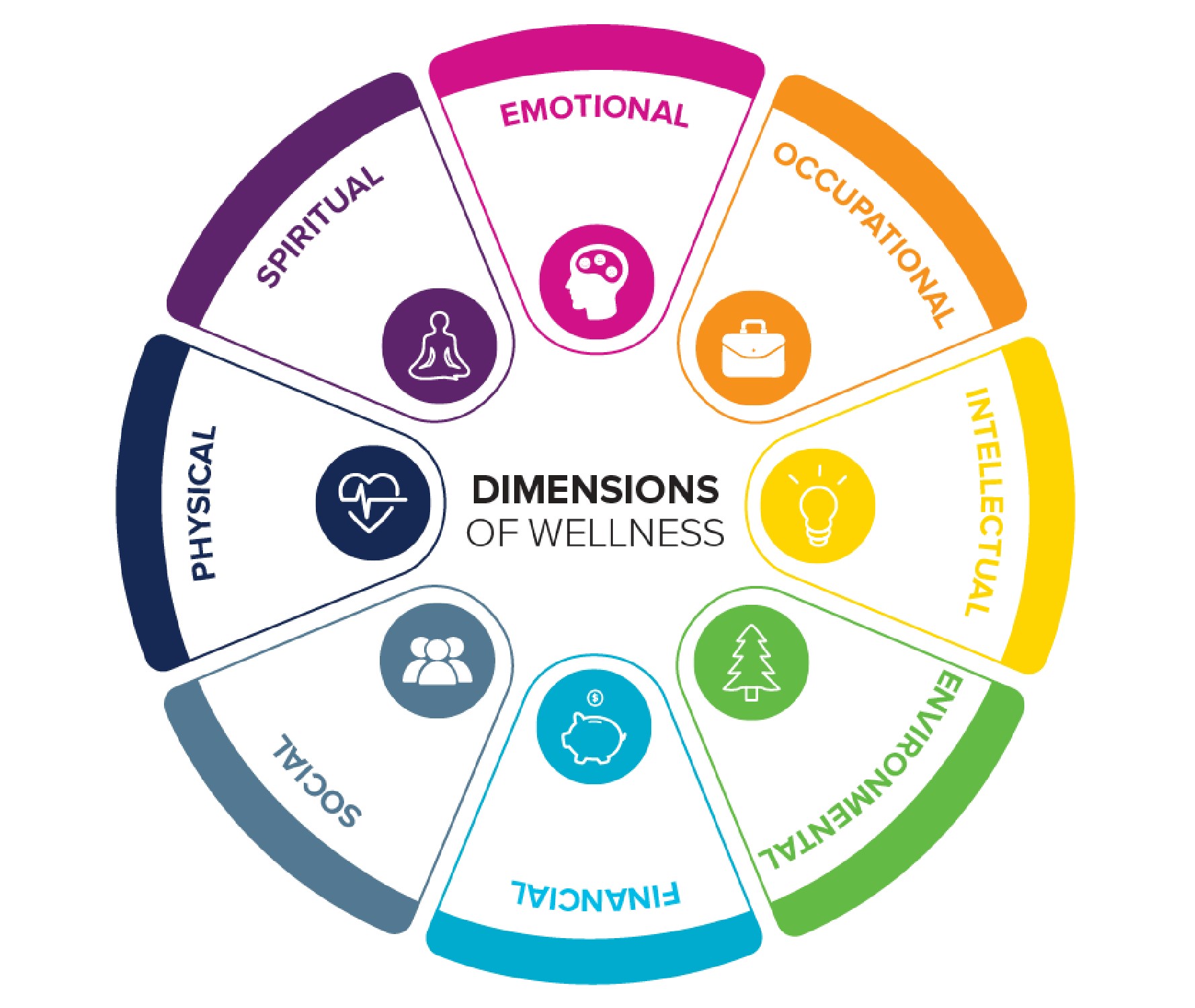Organic Gardening in Cold Climates
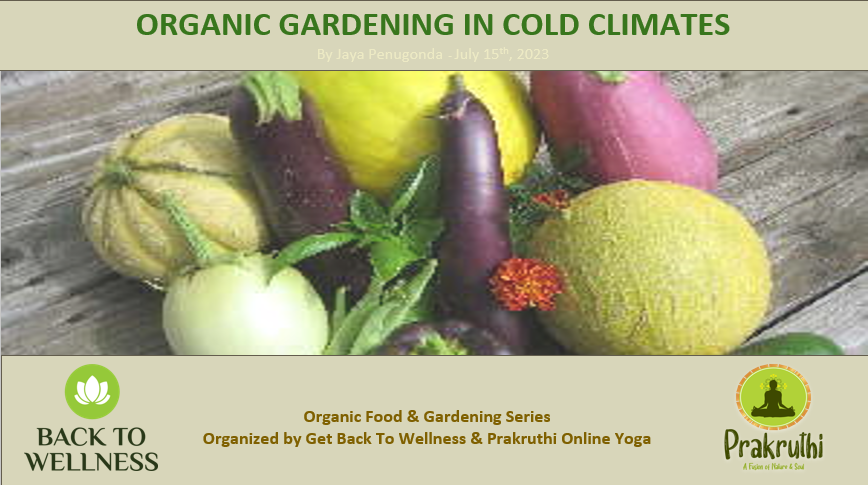
Grow Your Own Fresh and Healthy Produce Even in Chilly Weather!
Welcome to the Organic Food & Gardening Series, organized by Get Back To Wellness & Prakruthi Online. In this installment, we’ll delve into the wonderful world of organic gardening in cold climates. Discover how you can nurture your own garden and harvest fresh, pesticide-free produce right at your doorstep, regardless of the chilly weather outside!
Organic Gardening
“Organic produce and other ingredients are grown without the use of pesticides, synthetic fertilizers, sewage sludge, genetically modified organisms, or ionizing radiation. Animals that produce meat, poultry, eggs, and dairy products do not take antibiotics or growth hormones”
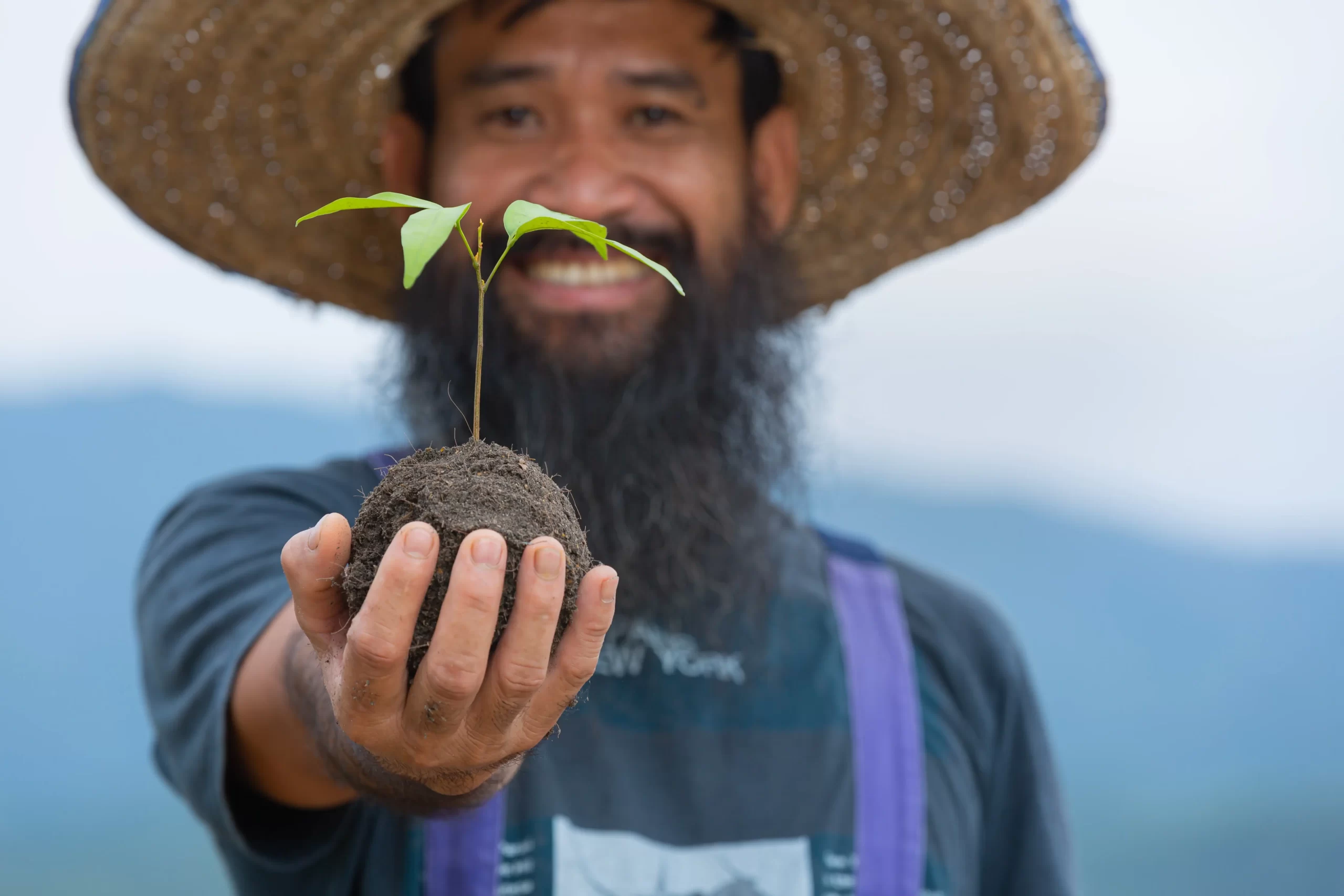
What You Need for Organic Gardening
- Seeds: The foundation of any garden, seeds come in a variety of types, from open-pollinated to heirloom and hybrid seeds.
- Soil: The lifeblood of your garden. Healthy and nutrient-rich soil is the key to thriving plants.
- US Hardiness Zone: Determine your hardiness zone using the USDA Plant Hardiness Zone map to choose plants suited for your climate.
- First and Last Frost Dates: Knowing these dates helps you plan your planting schedule and protect tender plants from frost damage.
- Garden Location: Assess the available light, water access, air drainage, and other factors to find the best spot for your garden.
- Garden Bed Type: Choose between inground garden beds, raised garden beds, containers, or grow bags based on your preferences and space constraints.
- Plant Food and Fertilizers: Organic fertilizers nourish your plants without harmful chemicals.
- Pest and Weed Control Methods: Safeguard your plants naturally with organic pest and weed control techniques.
- Plant Supporters: Be prepared to provide support to your plants as they grow and mature.
Types of Seeds
Seeds are the Beginnings: Choose Wisely
When it comes to seeds, understanding the different types can make all the difference in your organic garden’s success.
- Open-pollinated Seeds: These seeds are pollinated naturally, often by insects, birds, wind, or even humans. They allow for genetic diversity, which is vital for healthy ecosystems and the continuation of traditional plant varieties.
- Heirloom Seeds: Heirloom seeds are a treasure trove of history, passed down within families or communities, just like cherished heirloom jewelry or furniture. Preserving these seeds connects us to our agricultural heritage.
- Hybrid Seeds: Unlike open-pollinated seeds, hybrid seeds are the result of controlled pollination by humans, combining the best traits from different species or varieties. While they can offer advantages like disease resistance, it’s essential to save true-to-type seeds from open-pollinated and heirloom varieties to maintain genetic diversity.
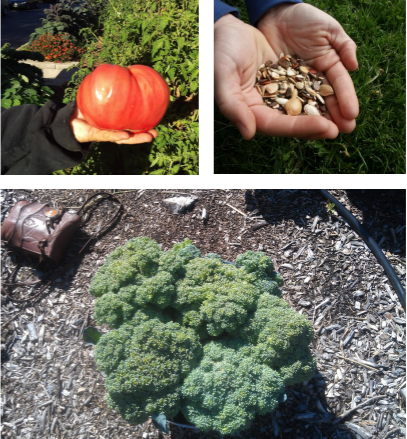
Sowing Techniques
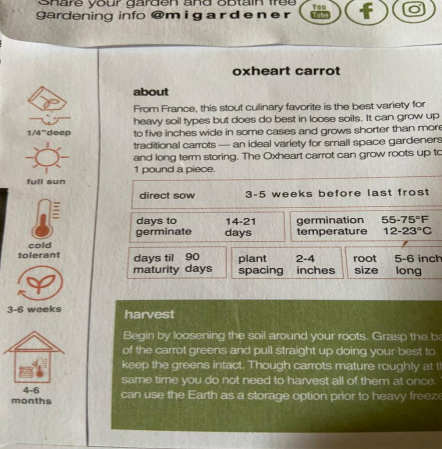
- Sowing the Seeds of SuccessOnce you have your seeds ready, it’s time to sow them into your garden. Different sowing techniques cater to various plant needs and climate conditions
- Starting Indoors & Transplanting: For cold climates, starting seeds indoors allows you to get a head start before the growing season. Transplant seedlings outside when the weather is more favorable.Outd
- oor Winter Sowing (Late Winter/Early Spring): Embrace the chill by sowing certain cold-tolerant seeds directly outdoors, protected by mini-greenhouses or cloches.
- Direct Sowing: As the weather warms, you can sow seeds directly into the ground for plants that prefer this method.
Factors to Consider:
-
- Last and First Frost Days: Understand your region’s frost dates to avoid planting too early and risking frost damage to tender seedlings.
- Days to Maturity: Know the average time it takes for a plant to reach maturity, ensuring you have enough time to harvest before the first frost.
- Desired Produce or Blooms: Plan your sowing schedule based on when you want to enjoy your delicious homegrown vegetables or stunning blooms.
Preparing & Improving Soil
Laying the Groundwork: Healthy Soil for Healthy Plants
The foundation of any successful garden lies beneath the surface – the soil. Cold climates often present challenges, but with the right approach, you can transform your soil into a nutrient-rich haven for your plants.
- New Raised Beds: Consider creating raised beds to enhance drainage and protect your plants from cold, damp soil.
- Cardboard and Deep Mulch: Prepare your garden beds by laying down cardboard to suppress weeds, then add a generous layer of deep mulch, such as straw or leaves, to improve soil structure and retain moisture.
- Hugelkultur Bed: An eco-friendly approach, hugelkultur beds involve layering wood, compost, and organic materials to create raised beds that hold moisture and nutrients for an extended period.
- Composts: Enrich your soil with homemade compost, such as manure, leaf mold, or compost tea, a liquid fertilizer teeming with beneficial microorganisms.
- LAB (Lactic Acid Bacteria) and IMO (Indigenous Micro Organisms): These beneficial microorganisms can be incorporated into your soil to enhance nutrient availability and plant health.

Raised Beds and Containers
Elevate Your Gardening: Raised Beds and Containers
In cold climates, traditional gardening might face challenges due to cooler temperatures and frost. However, with raised beds and containers, you can take control and create an ideal environment for your beloved plants.
- Raised Beds: Elevating your garden with raised beds not only makes gardening more accessible but also improves soil drainage and warmth. They offer better root aeration and control over soil quality, ensuring your vegetables have the best conditions to thrive.
- Containers: Don’t let limited space hold you back. Containers are a fantastic option for small gardens, balconies, or even indoors. Their mobility allows you to move plants to optimal sunlight and protect them from frost.
Vegetable Production and Management
Nurturing Your Garden: Production and Management
To maintain a productive and sustainable garden in cold climates, a bit of planning and management go a long way. Let’s explore some essential practices:
- Sequential or Succession Planting: Stagger your planting dates to extend the harvest season and avoid a surplus of produce all at once. Consider early-season, mid-season, and late-season crops to enjoy a variety of fresh vegetables throughout the year.
- Crop Rotation: Rotate your crops each season to prevent the buildup of insects or disease organisms in the soil. This practice also helps balance nutrient demands, ensuring soil health and fertility.
- Cover Crops: During the off-season, consider planting cover crops like clover or winter rye. These not only protect your soil from erosion but also enrich it with organic matter when tilled back into the earth.
- Nutrition – Fertilizers: Feed your plants well with natural fertilizers like homemade compost, IMO, or other organic alternatives. Healthy soil means healthy plants!
- Pest Management – Organic/Jadam: Embrace organic pest control methods to protect your garden without resorting to harmful chemicals. Explore the Jadam method, a sustainable approach to pest and disease control.
- Physiological Disorders: Keep an eye out for common issues like forking, sunscald, or cat-facing. Proper care and attention can help prevent and manage these disorders.
Harvesting Tips
Reaping the Rewards: Harvesting Techniques
As the fruits of your labor begin to ripen, it’s essential to harvest your vegetables at their peak to enjoy the best flavors and textures.
- Timing is Key: Harvest your vegetables at the right stage of maturity. Different crops have specific indicators, such as color, size, or firmness, to signal they’re ready for picking.
- Handle with Care: Gently pluck or cut vegetables from the plant to avoid damage. Be sure to remove any non-edible portions, such as carrot tops, before storing.
Homemade Sprays for Pest Control
Keeping Pests at Bay: Homemade Organic Sprays
In organic gardening, maintaining a balanced ecosystem is key to preventing pest infestations. For those times when unwanted visitors threaten your plants, consider these homemade sprays as gentle yet effective remedies.
Garlic Spray:
- Ingredients:
- 2-3 whole garlic bulbs
- 1 quart of water
- 4-5 drops of dish soap
Instructions:
- Separate the garlic bulbs into cloves.
- Place the cloves in a blender with 1 cup of water and blend until finely chopped.
- Add the rest of the water and the dish soap, and blend until the mixture is liquified.
- Strain the liquid through a cheesecloth to remove any solid particles.
- Store the garlic spray in the refrigerator.
- To use, mix 1 part garlic mixture with 10 parts water in a spray bottle and apply to your plants. Reapply every 1-2 weeks or after heavy rain.
Pepper Spray:
- Ingredients:
- 5-10 hot peppers
- 1 tsp dish soap
- 1 Tbsp vegetable oil
- 5-6 garlic cloves (optional)
- 2 quarts of water
Instructions:
- Place the hot peppers and garlic cloves (if using) in a blender with 1 cup of water and blend until finely chopped.
- Add the rest of the water, vegetable oil, and dish soap, and blend until the mixture is liquified.
- Strain the liquid through a cheesecloth to remove any solid particles.
- Store the pepper spray in the refrigerator.
- To use, mix 1 tablespoon of the mixture with 8 ounces of water in a spray bottle. Be sure to wear gloves when handling the spray to avoid irritation.
- Apply the pepper spray to your plants, targeting the areas where pests are present. Reapply as needed, especially after rain or irrigation.
Seed Company Names
Where to Find Quality Organic Seeds
For those eager to start their organic gardening journey, here are some reputable seed companies that offer a diverse selection of organic and heirloom seeds:
- Organic Gardener’s Pantry
- Seeds of Change
- High Mowing Organic Seeds
- Baker Creek Heirloom Seeds
- Johnny’s Selected Seeds
- Seed Savers Exchange
- Southern Exposure Seed Exchange
- Territorial Seed Company
- Fedco Seeds
- Botanical Interests
Let Nature Flourish in Your Garden
As the snow melts and the first signs of spring emerge, let your garden become a sanctuary for organic growth and harmony with nature. By embracing organic gardening practices, you contribute to a healthier planet while savoring the delicious rewards of your efforts. With the right tools, techniques, and a touch of patience, your cold-climate garden will flourish and bloom like never before. Happy gardening!
